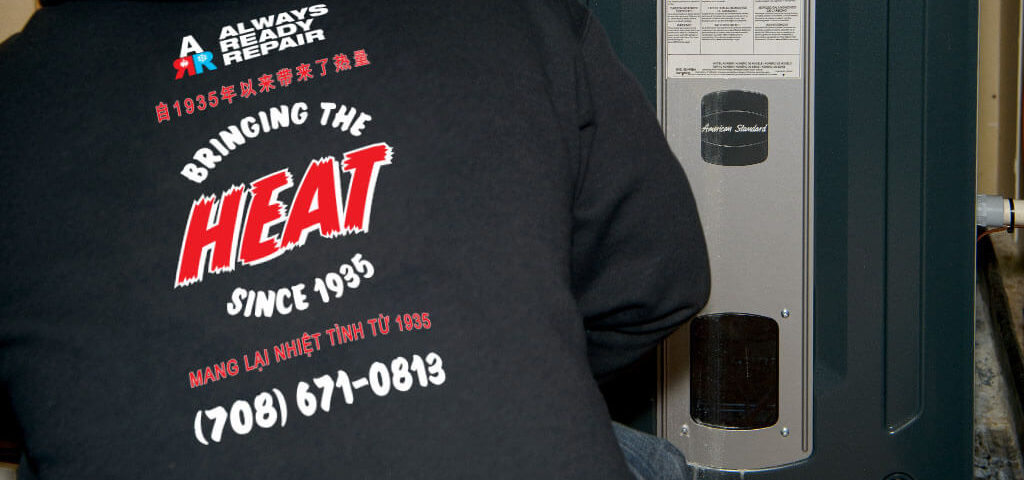If your furnace doesn’t warm your home like it used to, the appliance may have aged past its useful life span. If your heater is a newer model, poor heating performance may be from any number of small issues. Here are four reasons why your heater may be giving you the big chill this winter.
1. The Pilot Light Went Out
If you have a gas furnace, the appliance needs a flame to get the burners going. The flame is called a pilot light. Older heaters have standing pilot lights. The pilot light should stay on between furnace cycles.
Standing pilot lights can be extinguished by a number of forces, including drafts, debris, and low gas pressure. Check to see if your pilot light has gone out. If so, you won't have heat until you relight the pilot flame.
Shut off the gas and follow the relighting instructions for your heater's specific make and model. If you don't feel safe relighting your furnace, contact a qualified HVAC service to inspect and relight your pilot light for you.
2. The Power Was Cut
Several electrical issues can cause your heater to under-heat or fail to heat your home. If the furnace gives you no sound or action at all, check the power supply to the furnace. Is the circuit breaker tripped? Reset the breaker and any reset button on your furnace, and try to start the furnace again.
Faulty wiring can create shorts and failed circuits that limit your furnace's ability to heat. For example, your thermostat may have loose or dangling wires that cause the device to work improperly.
Fan wiring and switches can corrode, become detached, or be gnawed by rodents. When the blower fan doesn't work, hot air isn't forced through the ductwork. Make sure your fan is set to auto mode on the thermostat so it doesn't continue cycling cold air after the furnace shuts off. If the fan continues to malfunction, call an HVAC service professional to replace the affected components in the blower unit.
3. The Thermostat Is in the Wrong Location
If your thermostat is in the wrong spot, it can send faulty messages to your heating system. For example, if the sun beams directly on the thermostat, or the thermostat is near a stove or other hot device, the thermostat will shut off the heater before rooms are completely warm.
Ensure your thermostat is in an area of the home that's out of direct sunlight, away from heat sources, and close to areas where people congregate in the home. Thermostats in the correct location can malfunction due to faulty sensors or calibration. Call in a reliable HVAC tech to inspect, repair, relocate, or replace a faulty thermostat.
4. The Details Have Been Neglected
Condensing furnaces will stop heating if they have plugged condensate drains. Furnaces can't draw in enough air to operate correctly when the filter is clogged beyond redemption. Dirty flame sensors will shut down your heater when they get dusty enough.
If you've let your electric heating elements get crusted with dust, your heating comfort will eventually suffer. Stay on schedule with the minor furnace duties to keep your heater in top shape.
Before heating season, hire an HVAC service to perform a tune-up of your heating equipment. Your HVAC service will notice any problems and correct them before the coldest part of the winter arrives.
Since winter weather is already here, call your HVAC repair service at the first hint of heating trouble. It's better to catch small problems in your heating system before the problems grow worse and the weather turns truly frigid.
If your heater doesn’t keep you cozy this winter, contact Always Ready Repair right away. We'll get you back in the warm zone with our replacement and repair services.


